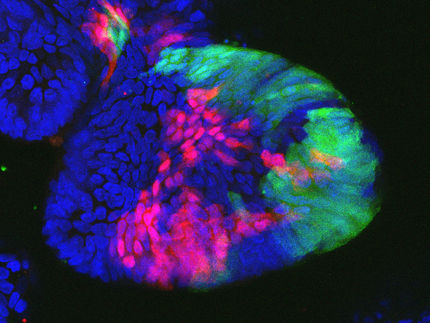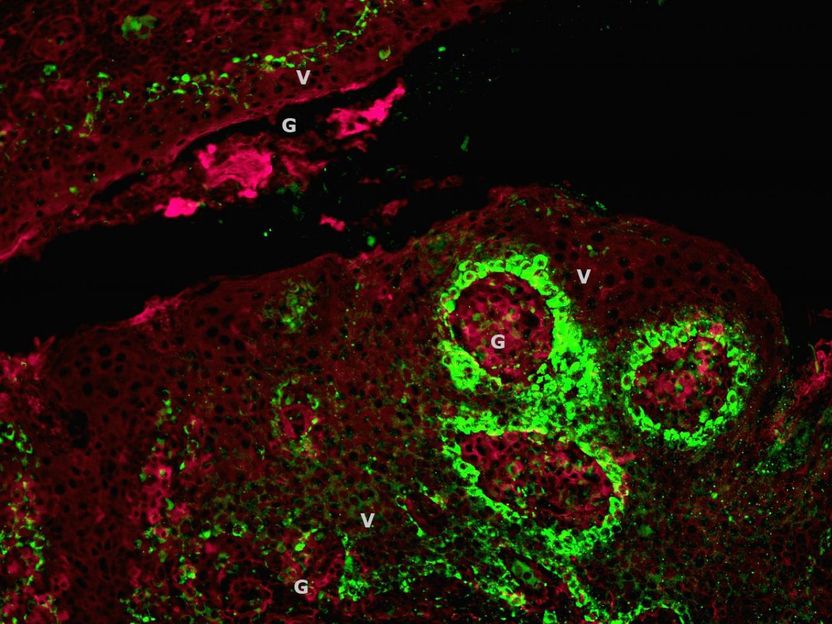Seamless gene correction of β-thalassemia mutations in patient cells
A major hurdle in gene therapy is the efficient integration of a corrected gene into a patient's genome without mutating off-target sites. In a paper published in Genome Research, scientists have used CRISPR/Cas genome editing technology to seamlessly and efficiently correct disease-causing mutations in cells from patients with β-thalassemia.
β-thalassemia results from inherited DNA mutations in the hemoglobin beta (HBB) gene, resulting in reduced HBB expression in red blood cells and, in the most severe forms, anemia. The only established curative treatment is hematopoietic stem cell transplantation; however, this treatment requires a matched donor. Gene therapy, which delivers a corrected copy of a gene into patient cells, could bypass the need for a donor. Previous attempts using a virus to randomly insert a normal gene into the genome has been successful in one β-thalassemia patient, but the long-term effect of viral insertion is not yet known.
To correct HBB mutations directly in a patient's genome, researchers first generated induced pluripotent stem cells, or iPSCs, from skin cells of patients. The real breakthrough came when they applied CRISPR/Cas9 to precisely engineer a double strand DNA break at the HBB locus in these cells, allowing a donor plasmid with the corrected sites to be efficiently integrated, thus replacing the mutated sites. The donor plasmid also contained selectable markers to identify cells with corrected copies of the gene. These selectable markers were subsequently removed with transposase and a second round of selection, generating a seamless, corrected version of HBB in the patient's genome.
Importantly, the researchers could differentiate the corrected iPSCs into mature blood cells, and these blood cells showed restored expression of hemoglobin. However, much work is needed before these cells could be transplanted back into a patient for treating β-thalassemia. "Although we and others are able to differentiate iPSCs into blood cell progenitors as well as mature blood cells, the transplantation of the progenitors into mouse models to test them has so far proven very difficult," said senior author Yuet Wai Kan from the University of California, San Francisco. "I believe it will take quite a few more years before we can apply it in a clinical setting."
Scientists from the University of California, San Francisco and the Blood Systems Research Institute contributed to this study.
Original publication
Other news from the department science
Most read news
More news from our other portals
See the theme worlds for related content
Topic world Gene therapy
Genetic diseases once considered untreatable are now at the center of innovative therapeutic approaches. Research and development of gene therapies in biotech and pharma aim to directly correct or replace defective or missing genes to combat disease at the molecular level. This revolutionary approach promises not only to treat symptoms, but to eliminate the cause of the disease itself.

Topic world Gene therapy
Genetic diseases once considered untreatable are now at the center of innovative therapeutic approaches. Research and development of gene therapies in biotech and pharma aim to directly correct or replace defective or missing genes to combat disease at the molecular level. This revolutionary approach promises not only to treat symptoms, but to eliminate the cause of the disease itself.






























































